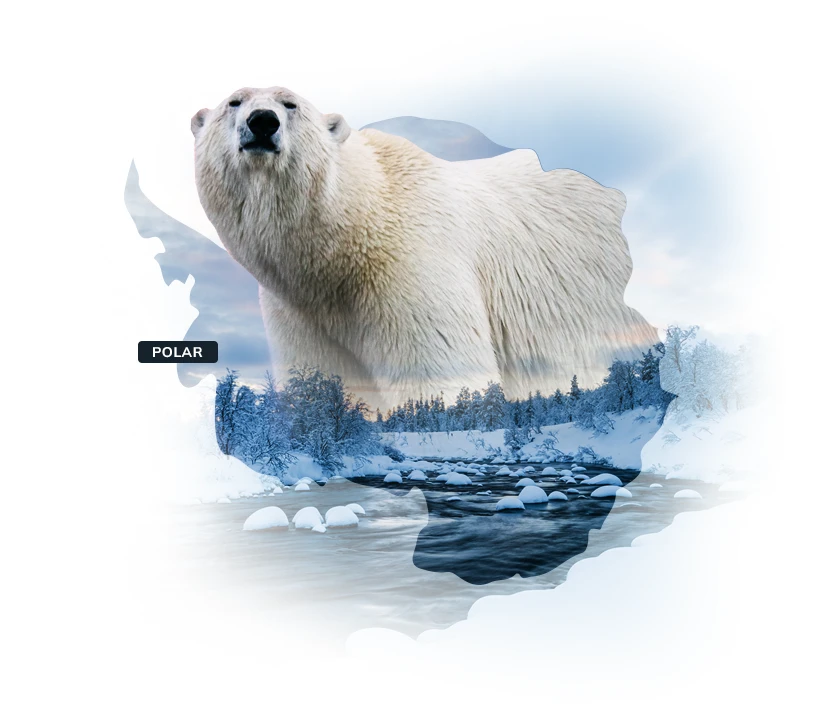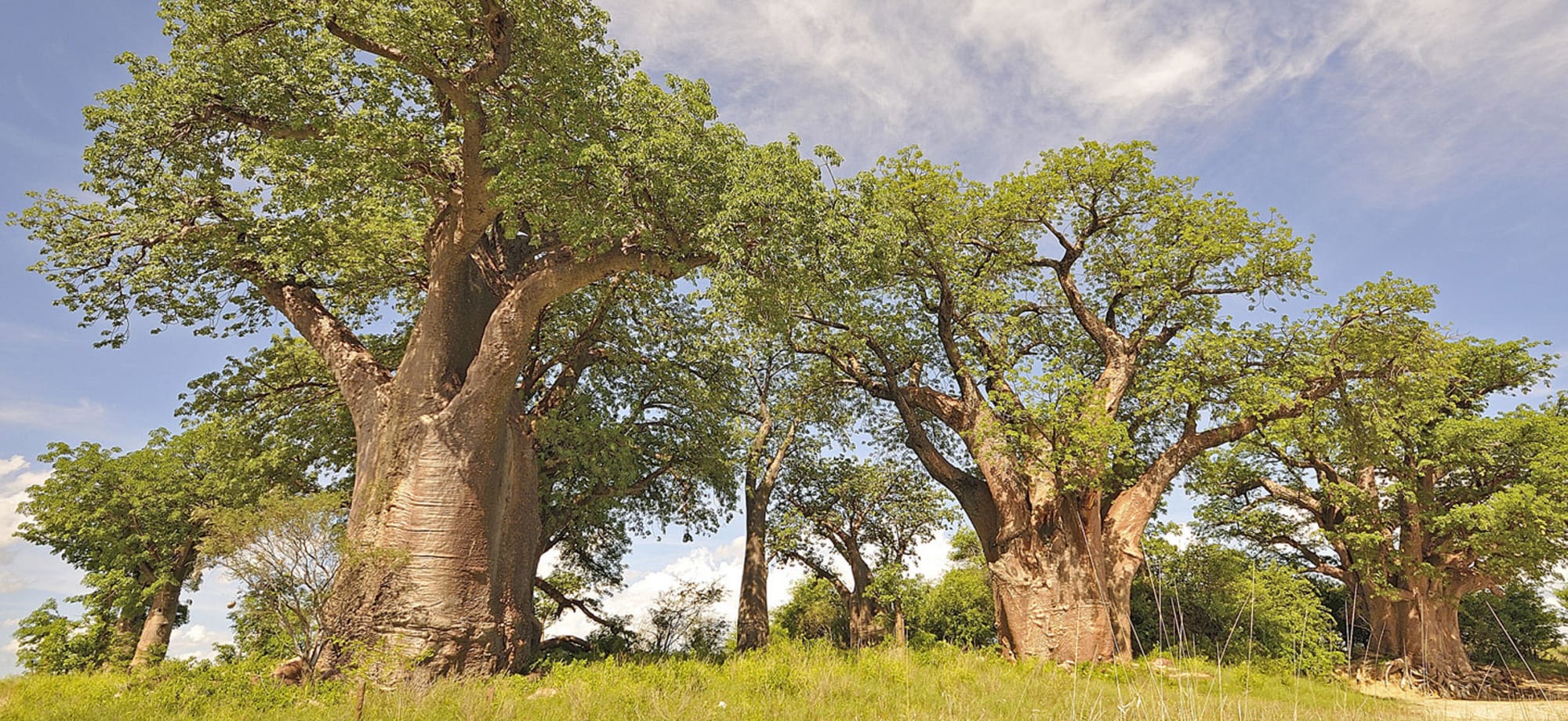Luxury Safaris to the Great Salt Pans
Plan My TripAn enchanting moonscape filled with diverse wildlife and ancient history
 Explore the Northern Kalahari Desert, home to incredible geology and wildlife
Explore the Northern Kalahari Desert, home to incredible geology and wildlife
Venture into the midst of the northern Kalahari Desert in Botswana, and you’ll stumble across a vast and ancient complex of flat salt pans. Undisturbed for millions of years, this harsh, isolated landscape takes you to another world, far from modern life. The wildlife is incredible, and the scenery is stunning, but if you dig a little deeper, you’ll find the salt pans are home to incredible geology, culture and history. The Great Salt Pans are dominated by the Makgadikgadi Pans, a massive salty stretch of around 10,000 km2, where lush grasslands and palm-tree islands stand out on dazzling white surfaces. Nxai Pan National Park lies north of Makgadikgadi, where fossil pans are blanketed in grasslands filled with wildlife. Visit during the dry season for the best chance to spot lions, cheetahs, spotted hyenas, giraffes, springboks, gemsboks and hartebeests. This is also one of the best areas to spot some of Africa’s rarest animals, including the African wild dog and the brown hyena, a shy creature which can be spotted around San Camp on the edge of the Makgadikgadi. Here, you can also visit semi-habituated meerkat colonies, where wild meerkats usually ignore the presence of humans, or get up close for a memorable encounter. One of the most special activities to do in the Salt Pans is to walk with the San bushmen trackers of the region. You’ll venture into the bush as they share their incredible wisdom, learning about their nomadic lifestyle and how they hunt, gather water, and use plants for medicinal purposes. In Nxai Pan, you can’t miss a day trip to the impressive Baines’ Baobabs. These ancient trees were painted by the adventurous artist Thomas Baines in 1862, and 150 years later, the trees remain almost identical to the paintings.
Your Luxury Great Salt Pans Trip Ideas
Stepping into the salt pans is like stepping onto another planet. Surreal and isolated, you’ll be starstruck by the dazzling beauty, rich wildlife and fascinating culture of the San Bushmen.
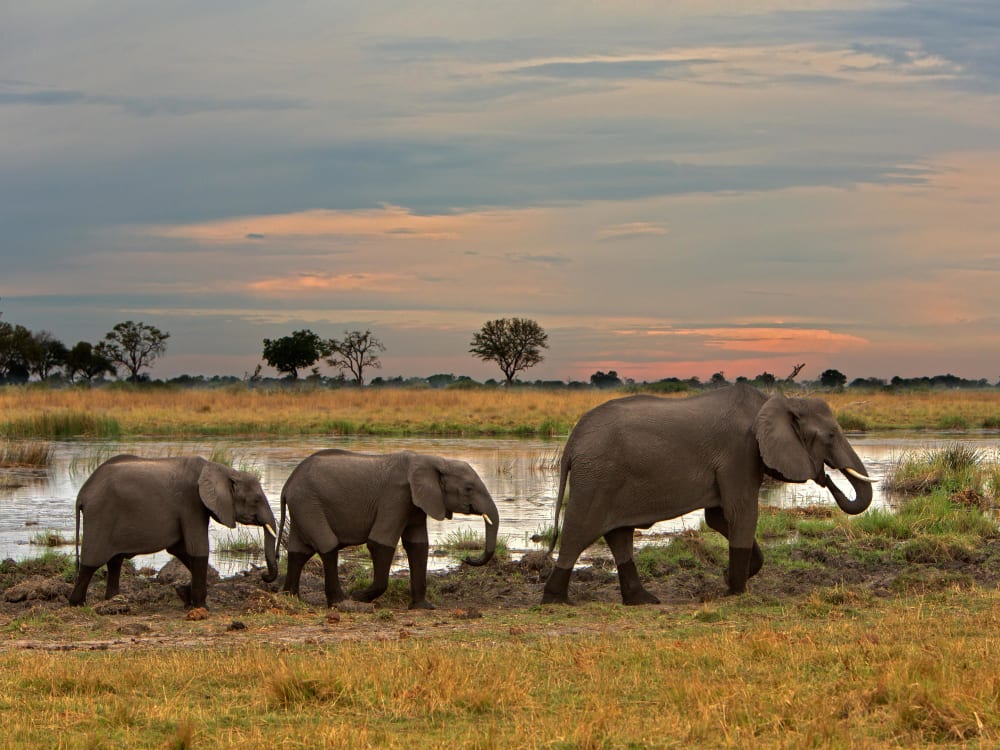
Botswana Family Safari
A family safari adventure through Botswana's best regions, taking you from game-rich private concess...
Discover MoreBest times to visit The Great Salt Pans
The Great Salt Pans can be visited throughout the year with different experiences to treasure during each month. Wildlife viewing is consistent during the dry season from May to October, and the shimmering white salt pans are quite striking when they’re at their driest. However, beware that the pans can get very hot during October. Meanwhile, the wet season from November to April brings lush green scenery and hordes of birds, from bright pink flamingos to ducks, geese and pelicans. The pans are also the site of a huge migration of zebra in the wet season, one of the greatest wildlife spectacles in Africa.
WEATHER CHART:
- Excellent
- Good
- Poor
Need to chat?
Find out more and tailor your perfect trip with the help of our specialist team
Enquire OnlineYour Luxury Accommodation Options in The Great Salt Pans
There is a large variety of lodges and camps in The Great Salt Pans. Stay deep in the wilderness at San Camp, on the edge of the Ntwetwe Pan, with seven billowing white tents, four-poster beds, Persian rugs and a magical Arabian Nights atmosphere. Families will love Nxai Pan Camp, with an outdoor pool with views of a nearby watering hole, while honeymooners will melt into a romantic and surreal environment at Camp Kalahari.
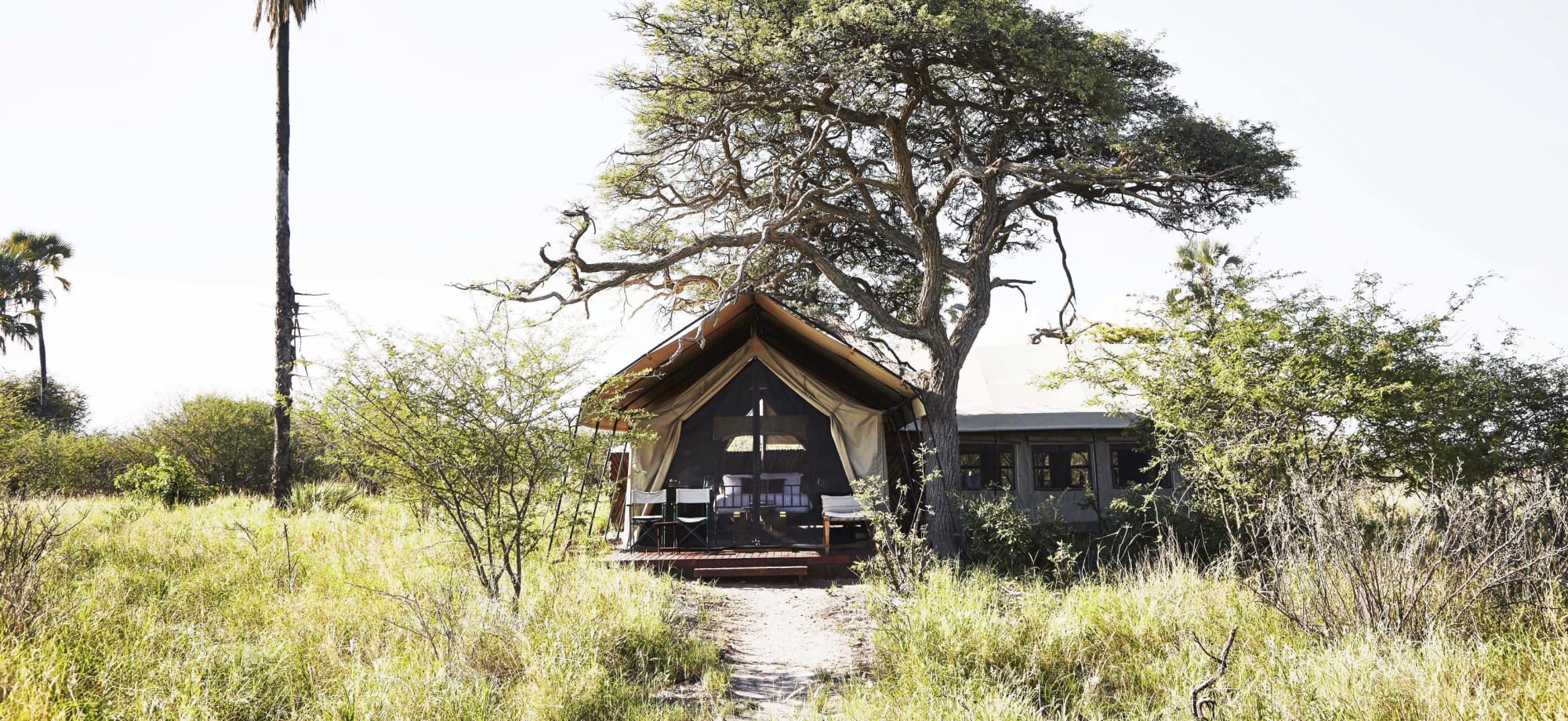
Camp Kalahari
Set in the surreal landscape of The Great Salt Pans, Camp Kalahari is a 12-tented desert camp nestle...
Discover More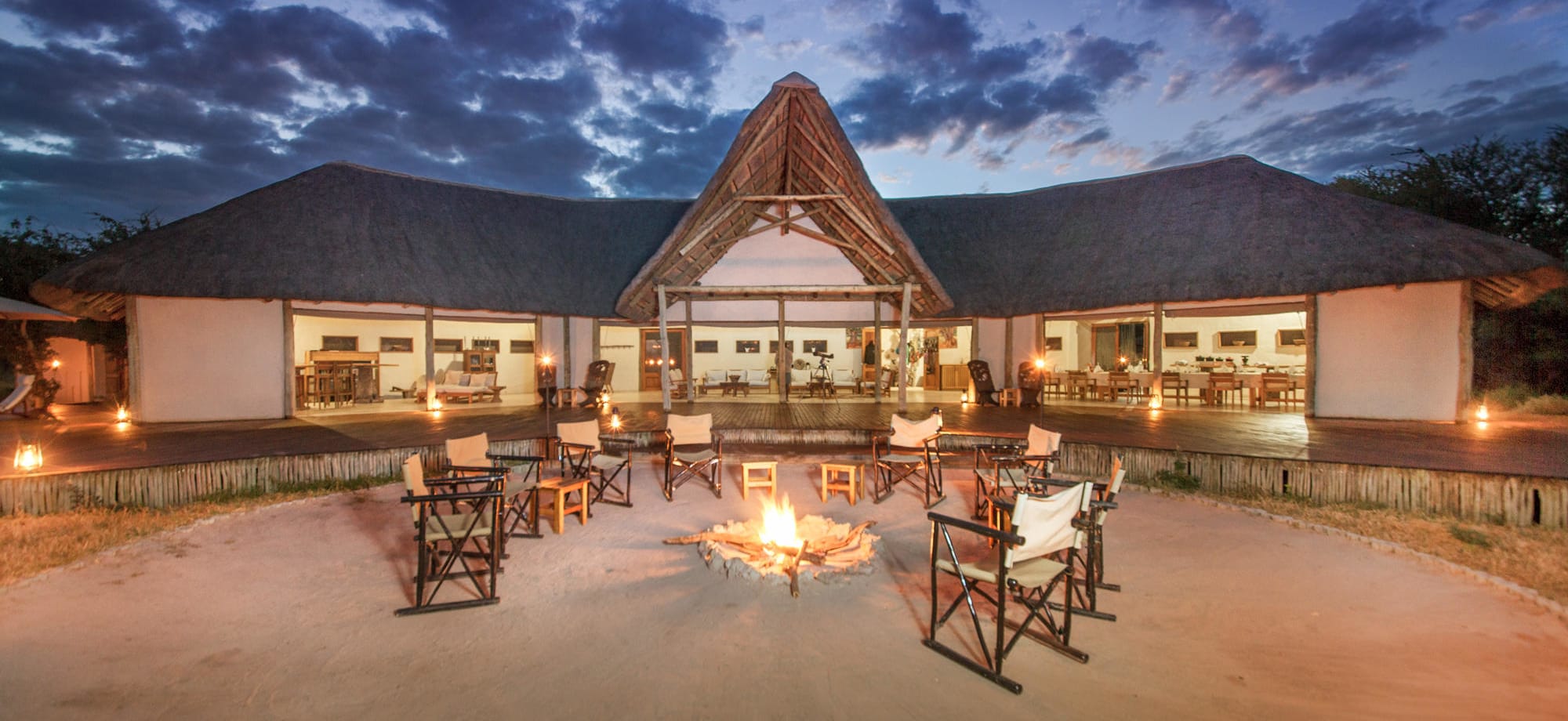
Nxai Pan Camp
Perched on the western edge of the Nxai Pan (fossil pan) in Botswana’s Great Salt Pans region, this ...
Discover More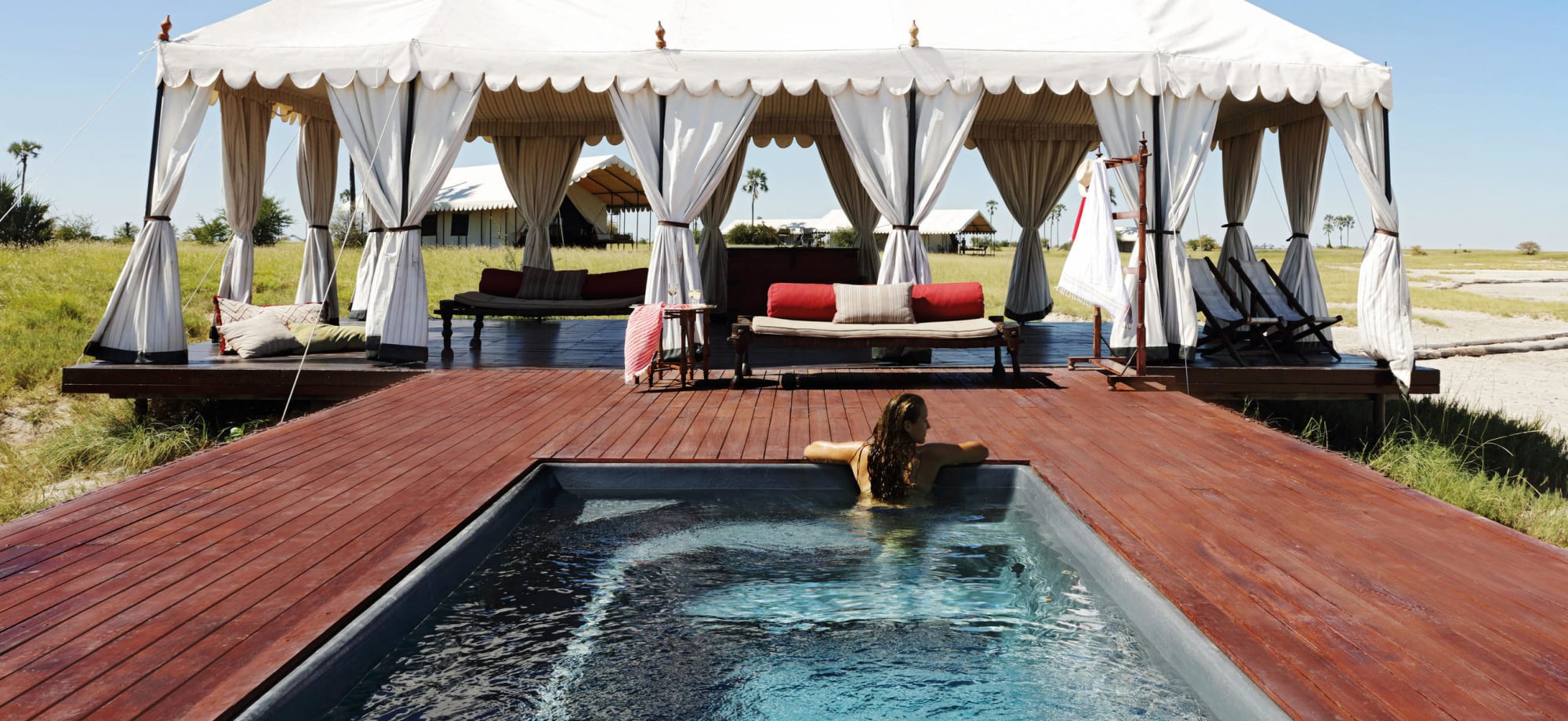
San Camp
Simple and minimalist, San Camp is about showcasing the natural wonders of the Great Salt Pans. Esca...
Discover MoreMore Botswana travel inspiration from Wayfairer customers and travel specialists
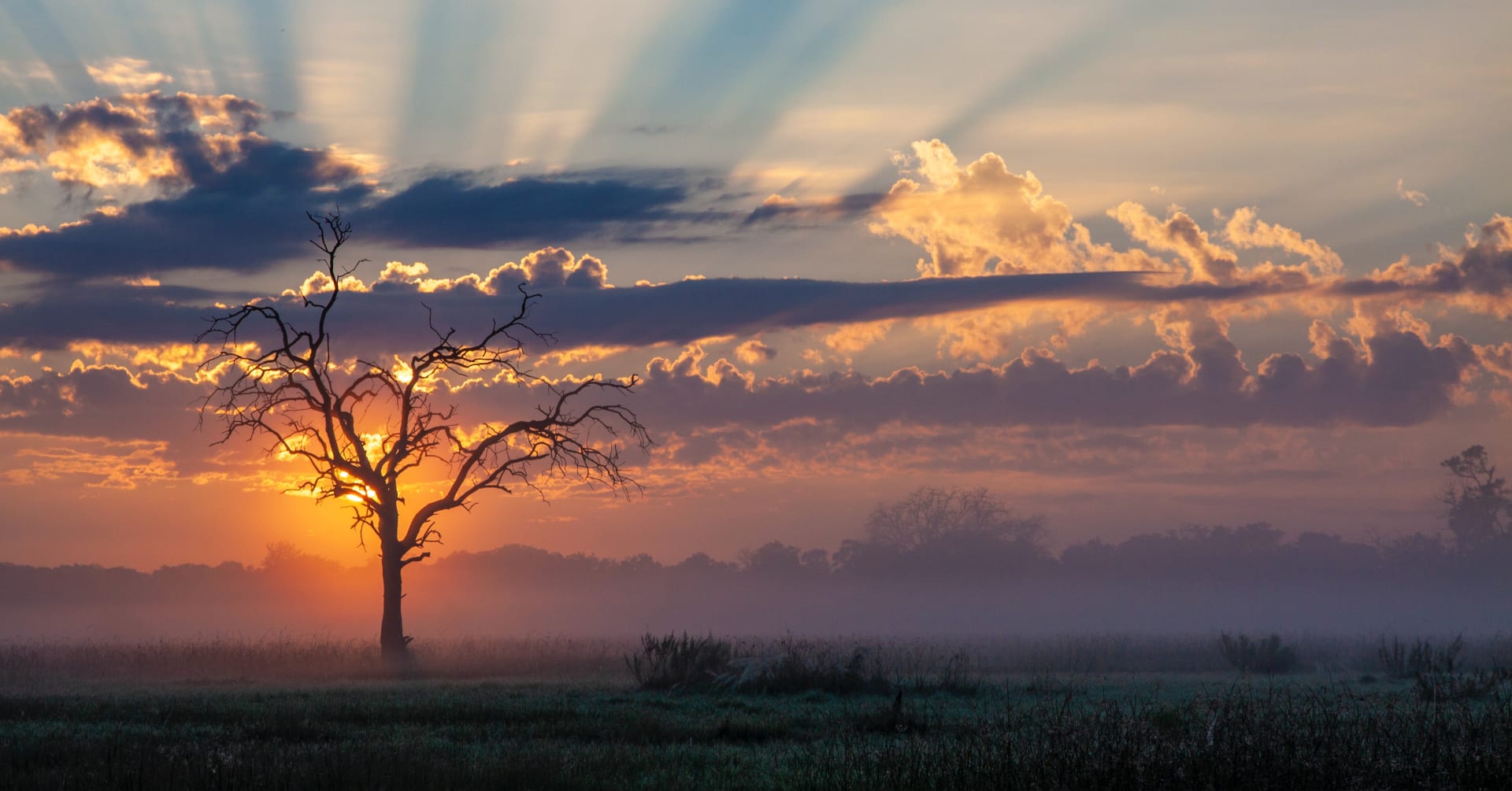
Botswana Safari: Where to go, where to stay and what to see
July 15, 2025
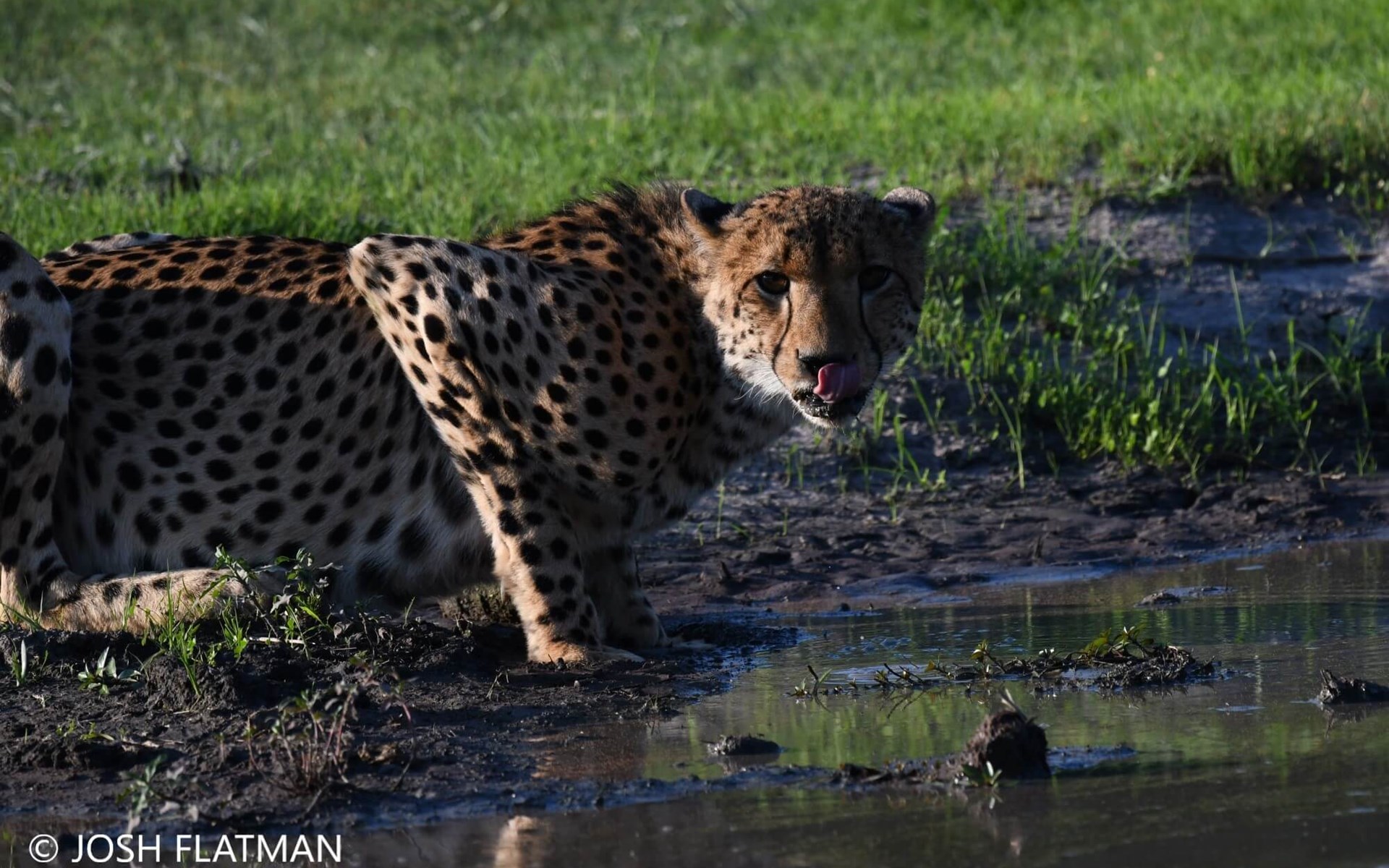
10 incredible encounters from Josh’s Botswana Safari
April 14, 2023
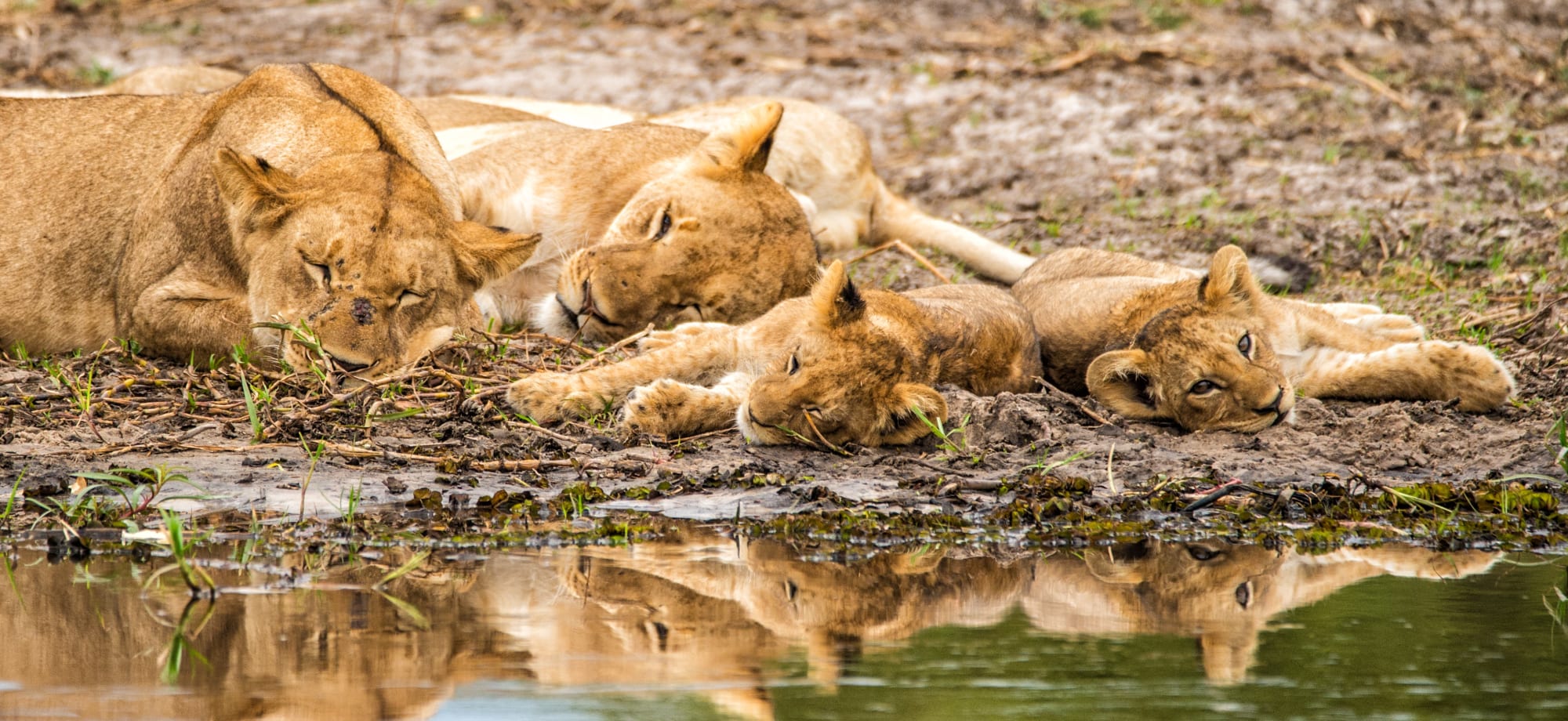
Responsible Travel Guide: Botswana
September 04, 2023
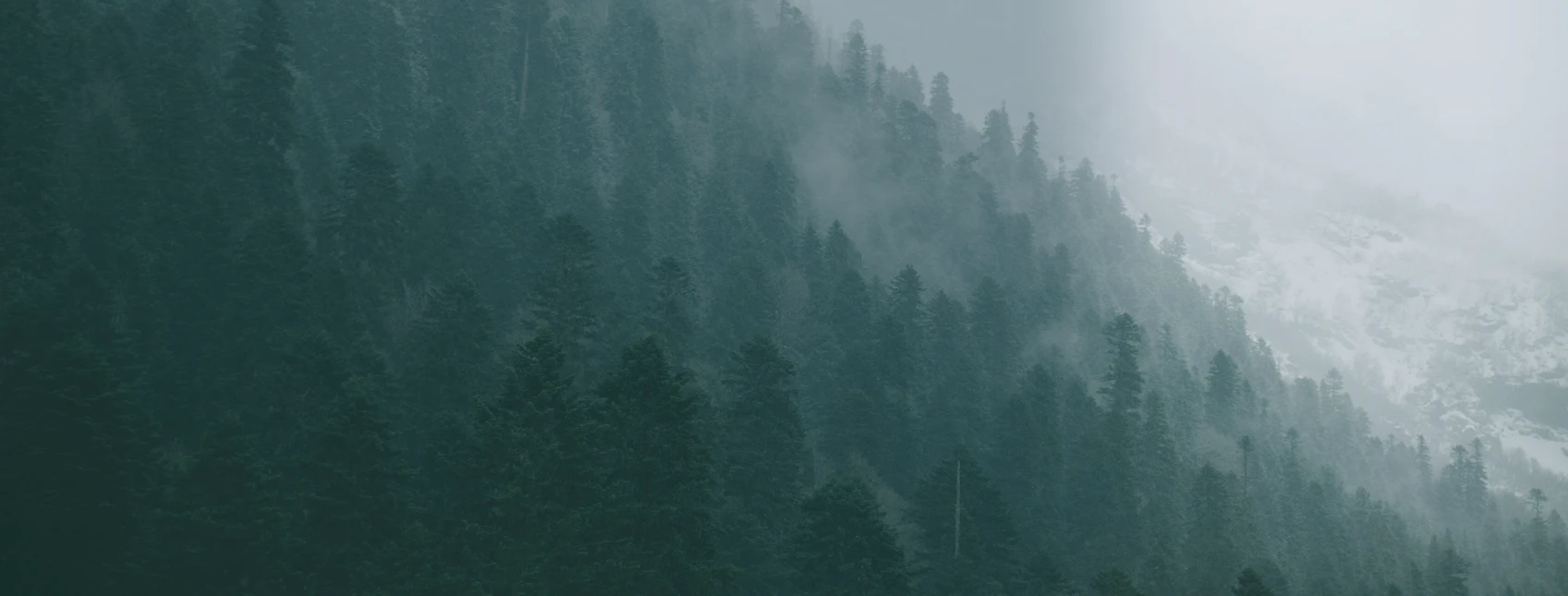
Sign up to our newsletter
For more travel inspiration delivered straight to your inbox just fill in your details here





